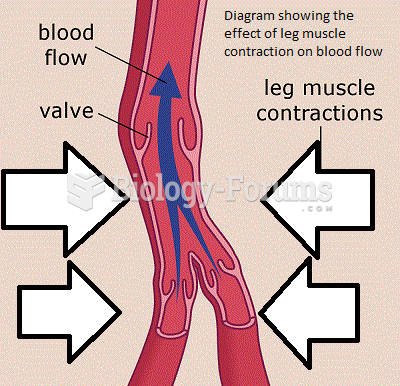This topic contains a solution. Click here to go to the answer
|
|
|
Did you know?
It is important to read food labels and choose foods with low cholesterol and saturated trans fat. You should limit saturated fat to no higher than 6% of daily calories.
Did you know?
There are more bacteria in your mouth than there are people in the world.
Did you know?
If all the neurons in the human body were lined up, they would stretch more than 600 miles.
Did you know?
The average adult has about 21 square feet of skin.
Did you know?
There are over 65,000 known species of protozoa. About 10,000 species are parasitic.







